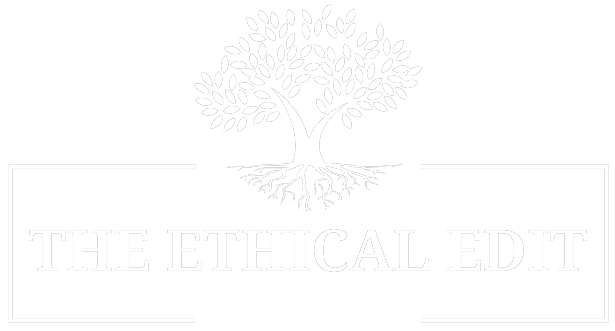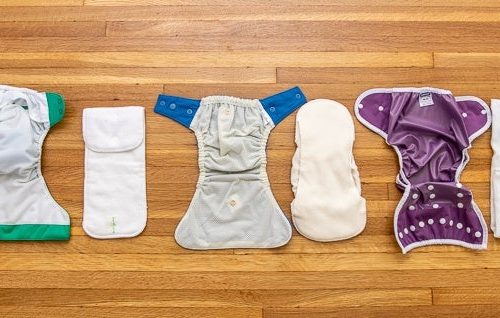
How can Regenerative Cotton make the Planet Better?
While cotton is a common material used to create products, there are adverse effects from conventional cotton. It has many chemicals in the make-up that aren’t healthy for us. This includes:
- Herbicides
- Insecticides
- Pesticides
- Synthetic Fertilizers
These harmful chemicals can damage the air we breathe, water resources, and the quality of the soil. They have been linked to harming the overall quality of life for people. Approximately 1 million agricultural workers are admitted to the hospital annually for poisoning from such chemicals relating to their job tasks.
Such chemicals are often sprayed on conventional cotton, but they also get into the soil and the water due and that is a concern for the environment. These chemicals can float through the air, harming crops and other entities close by. If those farms in the area grow food, it can become contaminated due to these types of harmful chemicals in the air. It can cause illness, birth defects, and death.
The soil is harmed from these chemicals, making it harder to grow quality crops on that land. It is expensive for farmers to recover from the negative effects these chemicals create. This is where a new approach has emerged for growing cotton, to reduce those risks.
Kiss the Ground Cotton
With Kiss the Ground cotton, the goal is regenerative cotton production. It was implemented in 2022 as a partnering concept between Advancing Eco Agriculture (AEA) and Citizens of Humanity Group. Both of these groups are involved with regenerative agriculture and education. They work with farmers mainly in the United States, but their outreach programs have been found in several countries.
They educate farmers on the benefits from regenerative cotton and how to adopt those principles into their business model. It takes time and direction for a farm to transition from their traditional cotton growing methods to those receptive of regenerative cotton production. Part of this process involves steps to make the soil healthier again so that the product can thrive. This growing process offers positive benefits for the soil and the environment.
It is designed to reverse the harmful effects from traditional farming methods, changes to the climate, and human elements. Regenerative farming methods promote better health, better soil, and cleaner water resources. Kiss The Ground cotton ensures farmers have the information necessary to help them benefit from the economic and environmental impact these changes deliver. They will receive help getting the best practices in motion.
Armed with valuable information and receiving support, farmers often grasp the opportunity before them! They want to see their land thrive and they want to do what is helpful for the environment. They don’t want workers or people in general to struggle with the negative effects from chemicals related to traditional cotton farming methods.
The trademark offered with Kiss the Ground cotton ensures consumers are aware of the production process. They can choose products that are created from regenerated cotton to help the environment. Such purchases also help sustain the efforts of the farmers that have gone the distance to make the process better for everyone.
Studies indicate regenerative farming, including the cotton process, will help reduce problems relating to chemicals and global warming. It will help soil become rich in nutrients and offer production of healthier plants. The use of harmful chemicals can be eliminated or at least significantly reduced. Restoring the value of the soil and creating better crops are key to healthier farming options.
Each farm has unique challenges and a custom plan has to be implemented. Kiss the Ground cotton takes the time to work closely with the farmers. They help them assess the land, evaluating the best way to use it for successful crop development. At the same time, it feels good to help people and create a healthier planet. These changes won’t have a strong impact overnight, but they will be a positive resource. As more people learn about regenerative cotton, it continues to be a viable solution.



